Today, we mainly talk about the dispersion process of wetting and dispersing agents. Its appearance is a clear yellow liquid. It has excellent wetting and dispersing abilities for inorganic pigments such as iron oxide and titanium dioxide. Then the three dispersion processes of wetting and dispersing agents are mainly reflected in the following three related processes: wetting, grinding, dispersion and stabilization.
Wetting: Resins or additives replace adsorbents on the pigment surface, such as air and water, to transform the pigment surface from solid/gas phase to solid/liquid phase.
Grinding dispersion: Pigment aggregates are dispersed into primary pigment particles through mechanical shearing force to form a suspended state.
Stability: This means that the suspension dispersion formed can still be in a dispersed suspension state without external force. Wetting and dispersing additives are those processes that can take part in and contribute to the formation of stable systems. In the third stage, the dispersant adsorbs on the pigment surface to create charge repulsion or steric hindrance, prevent harmful flocculation of the pigment, and keep the dispersion in a stable state, usually with a high molecular weight.
Of course, different dispersants have different formulas and different dispersion methods.

